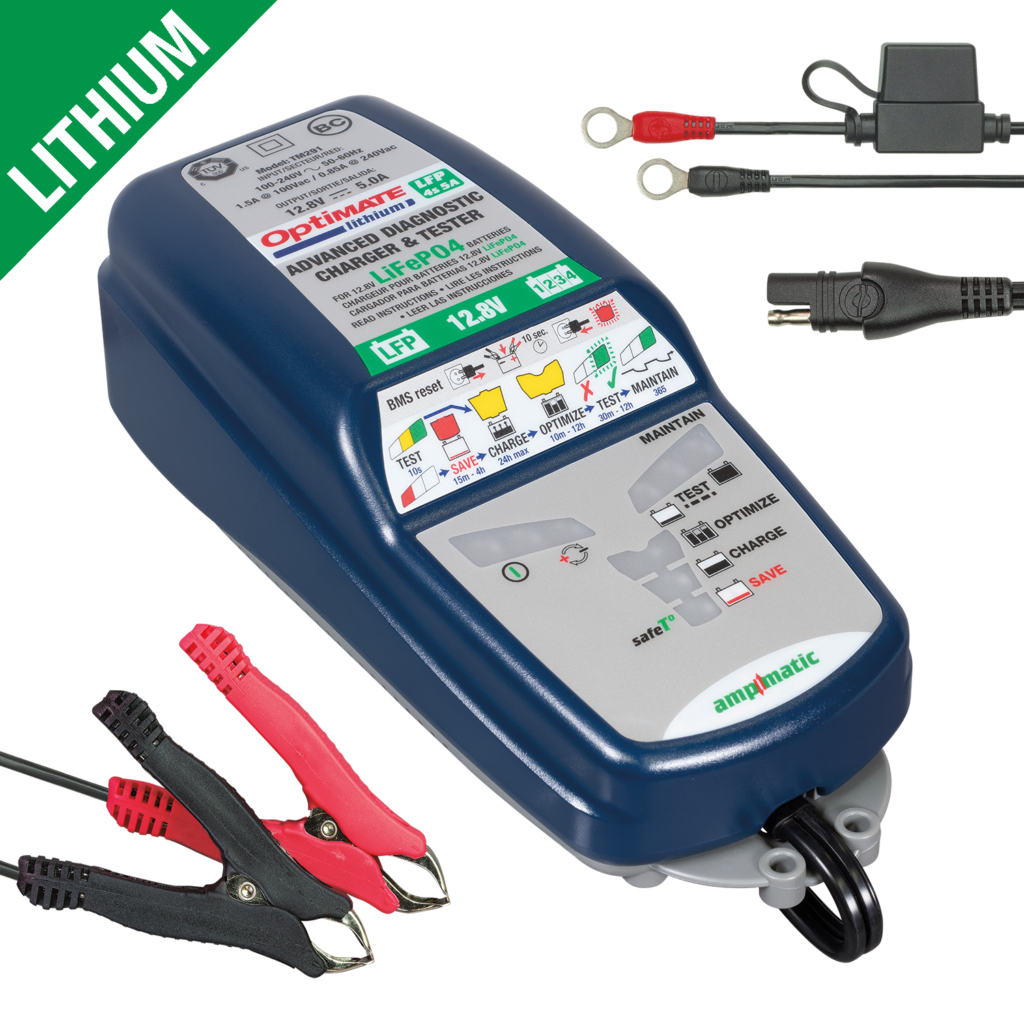A somewhat laughable (expensive) story of my early-adopter mis-information woes.
Or read as "What NOT to do!"
Early on, when the only cells we could get in any large capacity to drive DIY EV's and other hobbiest stuff, there seemed to be some confusion about LFP vs Non-LFP charging procedures. We were well aware of the operational differences and the super flat discharge curve of LFP, but still thought that somehow these lithium batteries were in the same family and could use the same charging techniques.
Quite a few of us took our cells to 4.2v, just like non-lfp. We even top-balanced up there. It
seemed to work, albeit precariously, but we couldn't pin down why things went downhill so fast. We knew there was no real energy up so high in the knee, but the going theory was the higher you top balance at, so much the better. Even bottom-balancers would do a bank level trigger when the first cell reached 4.2v!
Part of the problem was brought on by early documentation of some ThunderSky prismatics, (1st gen blue ones, not yellow!) that spec'ed out as 4.2v ! Other manufacturers had 3.65, like A123 cylindricals, but you know - these prismatics are more advanced! And nobody was tack-welding A123 cylindricals or pouches on their own - given the problems with counterfeits, used or rejected stock, bad diy tack-welds ... So prebuilt prismatics was the way to go.
Things were going downhill fast after a few cycles. Top balance was hard to maintain, and was always busy. Bottom-balancer guys were doing better, but still..
In the end, after a LONG period of trying to pin down WHY some manufacturers had spec sheets showing 4.2v as the max CV voltage to charge to, it turned out to be a "customer is always right" thing, and not a scientific one. "Sure, you can take these to 4.2v, go ahead - they're your cells!" I don't think it was a case of dishonesty either - I think that many early on, just didn't know for sure.
Anyway, can you say plating from secondary reactions due to high-voltage? We can now, but not then when the cells were NEW and seemed ok for the first handful of cycles out!
This kind of reminded me of the whole gel vs agm CV voltage charging fiasco from many years past! Even today, many don't know the difference.
So when I built my first 4S 12v learner bank, I bought 5 cells. The one with the lowest capacity or highest internal resistance would be the odd man out. I chose the more normal 3.65v as my top-balance CV limit. Whew.
So with that one cell left out, I did a destructive experiment on it in a SAFE ENVIRONMENT:
1) Charged the cell like normal at 3.65v CV, and let it absorb or saturate to full until there was very little tail current flowing.
2) Let it rest for an hour to settle.
3) Changed my CV to 9v to see what would happen in a simulated HVD charging failure.
I put my tracking multimeter on it, and set it to be audible, so at every 0.1v change it would beep.
So with a CV of 9v on this already charged cell, we let loose. Nothing happened. No current flow. No change in voltage.
WOW! Sure looks like they are somehow self-protecting! WRONG. Things were fine for about 15 minutes.
Beep!
Huh, ok. Back to the adult beverage. (not recommended for safety)
10 minutes later:
beep!
Another 10 minutes go by, but now
beep beep
You get the picture. In a very short amount of time:
beep beep beep beep beep beep beep beep.....
Then I disconnected everything and stopped. What was fascinating was that despite ZERO CURRENT flowing to charge, just having a high CV voltage applied caused a change in terminal voltage!!
My best guess here is that the rise in terminal voltage with no current flowing was not a charge reaction, but a
secondary chemical reaction (destructive, along with plating) happening. Fascinating.
To circle back to the early days when some were top-balancing at 4.2v, I had to laugh. We were trying to balance at voltages caused by secondary reactions! Egads, no wonder it went so wrong so fast.

It was educational to say the least, and worth taking a spare cell to destruction (safely) to learn and watch that happen.






